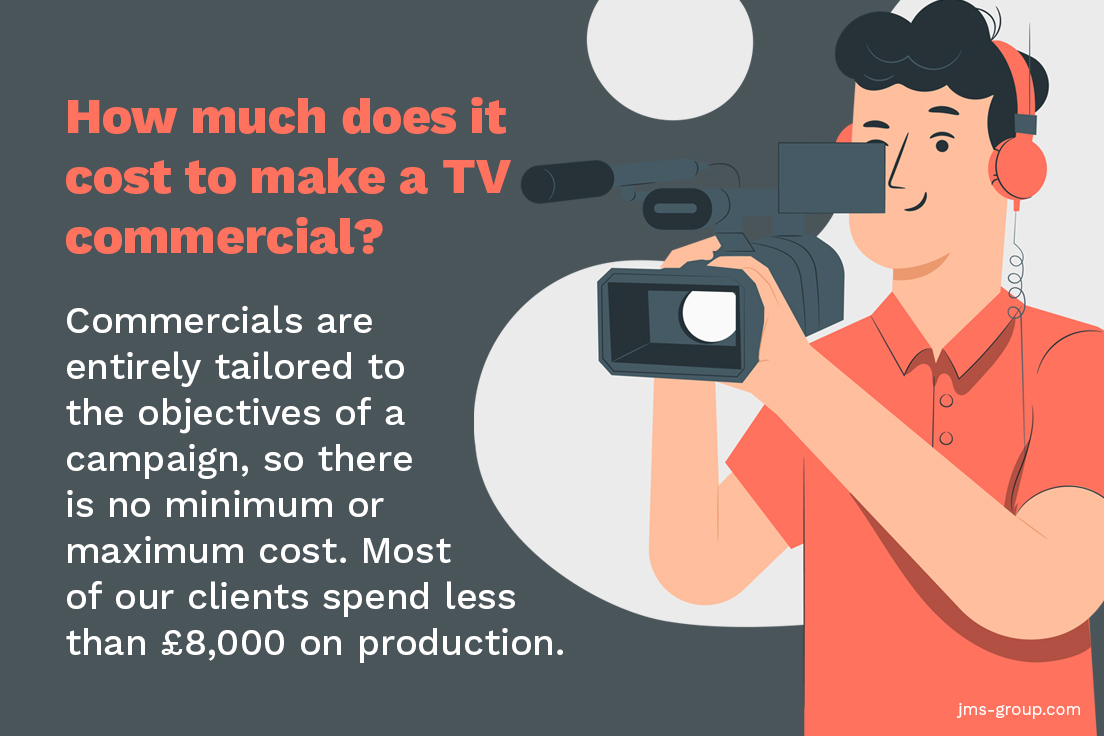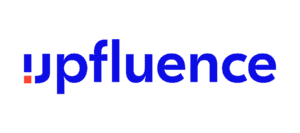
An influencer on social media, also known as a content creator and a YouTuber is someone with a large number of followers. Influencers are known for creating content that informs or educates followers. While many influencers use affiliate marketing or product placement to monetize, some do not.
Basically, an influencer is an online celebrity or content creator with a large following and the power to influence their followers' purchasing decisions. They are able to reach millions of people through their posts and opinions on social media platforms, and often collaborate with brands on sponsored campaigns.
A true influencer works hard. They spend hours engaging, creating and posting on their social media platforms - sometimes more than once per day!
They create content that their followers love to share, like, and enjoy with their friends. They also engage with their community on their chosen platform, answer questions and respond to comments. To offer more value to their followers, they organize workshops and host live events.

They are often very busy and have to think of new content ideas and ways to increase their followers. It's not easy, but it is possible if there is a lot of passion and drive.
There are many types of influencers. They vary in size, content type, and audience. You can find nano, micro, macro and mega-influencers, as well as instagrammers, tiktokers, bloggers and youtubers.
It is important to choose the right influencer for your brand, based on their target audience. Ideally, they should have a similar target market to yours. That's why it's important that you research their audience and the content they produce in order to find the best match.
Context: Justin Bieber tweets about software programs, but it won't bring in any sales unless his following is also interested in them. Therefore, it's crucial to identify a contextual fit before you launch an influencer campaign.
Clever: Influencer marketplaces have tools that allow you to search for influencers. You can also coordinate collaborations with them. These platforms can provide access to a large list of verified influencers. There are also outreach, messaging, and payment options built into the platform.

Intellifluence is an online influencer marketplace with over 200 000 verified users. It provides a complete end-to–end solution for managing influencer campaign management and is available on all major social networking platforms including Instagram, Facebook Twitter, YouTube, Pinterest and Reddit.
Intellifluence's platform makes it easy find the perfect influencers for brands and to manage campaigns wherever you are. The company's Free Plan includes one influencer and the paid Plans start at $99/month and include unlimited accounts. In addition, the software provides precise influencer analysis thanks to its intelligence.
FAQ
How do I choose my target market?
Begin with you and your closest friends. Do you not know where to start? Ask yourself "Whom do I want to reach?"
Ask yourself these questions: Who are the most influential people in my industry? What problems do they deal with daily? Who are the smartest people in my industry? They hang out online.
Take a look back at how you started your company. What was your motivation for starting? What problem did you solve for yourself, and how did you do it?
These answers will help identify your ideal clients. This will allow you to learn more about your ideal customers and their motivations for buying from you.
To get clues about who they cater to, you can also check out your competitors' social media pages and websites.
Once you have identified your target customers you will need to choose the channel to reach them. If your company offers services to real estate agents you might make a website that targets home buyers.
If your company provides software to small businesses, you might consider creating a blog for those owners.
A Facebook page could be created for clothing sellers. You could also set up a Twitter account if your restaurant is a business owner to help parents find kid-friendly restaurants.
The point here is that there are many ways to get your message across.
Is there a way to get no cost traffic?
Refers to traffic that is free from search engine results. This is also known as organic or natural traffic. There are many ways to get free traffic, such as article marketing, social media marketing, blogging, etc.
Article Marketing is a popular way to get traffic for free. It has an extremely low cost-per-click (CPC). Paying ads can be more costly than CPC. Content marketing is also known by the term article marketing.
Social Media Marketing – Social media platforms like Facebook, Twitter and LinkedIn let you promote your business via advertising. These platforms allow you to share updates, photos, and establish relationships with potential customers. Many businesses opt to purchase ad space on social networks because they want to reach a larger audience for a more affordable price.
Blogging-Blogging is another great way of generating free traffic. Quality content that is enjoyable to read will attract people. Once your blog is attracting visitors, it's possible to make money from it by selling products and/or services.
Email Marketing: Email marketing is a proven method to increase traffic to your website. Regular email marketing is a great strategy to increase your subscribers and ultimately sell something.
What are the basics of print advertising?
Print advertising is a great medium to communicate with customers. Print advertising is used by many companies to promote their products and services. The key objective is to capture the attention of the consumer.
Print ads are typically short (1 page) and usually include text, photos, logos, or other graphics. You may also find sound, animation, video and hyperlinks.
The following are the main types print advertisements:
1. Brochures - These are large format printed pieces designed to attract people into stores. Brochures often feature eye-catching designs and colorful photos.
2. Catalogues- These are smaller versions and variants of brochures. They are typically sent to customers who have requested information on specific items.
3. Flyers - These are small pieces of paper distributed at events such as concerts and fairs. They are generally free but must be paid for if they are handed out at retail outlets.
4. Posters – These are larger versions than flyers. These flyers can be displayed on buildings, fences and walls. They are usually made using computer software programs, which is designed to draw the eye of passersby.
5. Direct mail – This is a direct mailing of letters or postcards directly to customers. These are sent out by companies to remind customers about their business.
6. Newspaper Ads – These are ads that appear in newspapers or magazines. They are usually very long and contain text and images.
What is affiliate marketing?
Affiliate marketing is an online business model where you earn commissions by referring customers to products and services sold on other websites. The product owner pays you when someone buys from you.
Referrals are the basis of affiliate marketing. To get people to buy from your affiliate marketing, you don't have any special requirements. You just need to refer them to our website.
You don't have to sell anything. It's just as easy to sell as it is to buy.
In minutes, you can also set up an affiliate account.
Referring more people will result in more commission.
There are two types.
-
Affiliates who are the owners of their own websites
-
Affiliates that work for companies offering products and services.
What information do you need about internet advertising
Internet advertising has become an integral part any business strategy. It helps companies reach potential customers at a low cost. There are many types of internet advertising. Some are completely free while others require payment.
There are several options for advertising on the internet. These include banner ads, pop-up advertisements, search engine optimization (SEO), PPC (pay-per-click) advertisements, social media and mobile marketing. Each method has its benefits and drawbacks.
How much does advertising on social media cost?
Social media advertising is expensive if you choose to take this route. You will be charged monthly for your time spent on each platform.
Facebook - $0.10 Per 1,000 Impressions
Twitter - $0.20 for 1,000 impressions (if tweeting)
If you send out invitations to Linkedin, $0.30 per 1,000 impressions
Instagram: $0.50 per 1,000 impressions
Snapchat - $0.60 per 1,000 impressions ($0.40/user)
YouTube – $0.25 per 1000 views
Tumblr – $0.15 per 1000 impressions for text postings
Pinterest - $0.05 per 1,000 impressions per month
Google + - $0.15 - $0.20 per 1 Million Impressions
Tumblr - $0.15- $0.20 per 100,000 impressions
Vimeo - $0.20 - $0.25 for 10,000 impressions
Soundcloud - $0.20-$0.25 per 1 million plays
StumbleUpon - $0.20 -$0.25 per 1 billion pageviews
Digg: $0.20 – $0.25 per 1,000 diggs
Reddit - $0.20 - $0.0.25 per 1000 Comments
Wordpress - $0.20--$0.25 per 500 comments
Flickr - $0.20 -- $0.25 per 5,000 photo uploads
Why use social media for advertising your business?
Social Media Marketing is a way to reach customers on social media platforms such as Facebook and Twitter. These networks can be targeted with keywords.
Because this advertising method costs less online than traditional methods, it's more cost-effective. You can also build strong relationships and trust with your clients, both current and prospective.
It's simple to begin using social media to promote a business. All you need is access to the Internet and a smartphone.
Statistics
- Advertising spending as a share of GDP was about 2.9 percent. (en.wikipedia.org)
- In 1919 it was 2.5 percent of gross domestic product (GDP) in the US, and it averaged 2.2 percent of GDP between then and at least 2007, though it may have declined dramatically since the Great Recession. (en.wikipedia.org)
- This means that at least 50% of an ad needs to be shown on the screen for at least one second. (quicksprout.com)
- Advertising's projected distribution for 2017 was 40.4% on TV, 33.3% on digital, 9% on newspapers, 6.9% on magazines, 5.8% outdoor, and 4.3% on radio. (en.wikipedia.org)
External Links
How To
How do I advertise on Google?
AdWords can be used by businesses to advertise using keywords that they are interested in. Setting up your account is the first thing. Set the budget, select the campaign name, and then add keywords. Next, you will bid for those keywords. When someone clicks one of the ads you place, they pay only if that click comes from someone who searched with one of your targeted keywords. This ensures that you are paid even if people do not buy anything.
Google has many tools to help you ensure your ads work. These tools include Ads Preferences Manager Manager and Keyword Planner. These will allow you to identify the best options for your company.
Keyword planners help you choose the keywords that will be used in your campaigns. It also shows you how much competition there is for certain keywords, helping you decide whether or not to spend money bidding on them.
Ads Preferences Manager is available to alter settings such as maximum number of impressions per calendar day and minimum cost per click.
Analytics allows you monitor and compare the performance to your ads against other companies. Reports can be viewed that compare your ads to others.